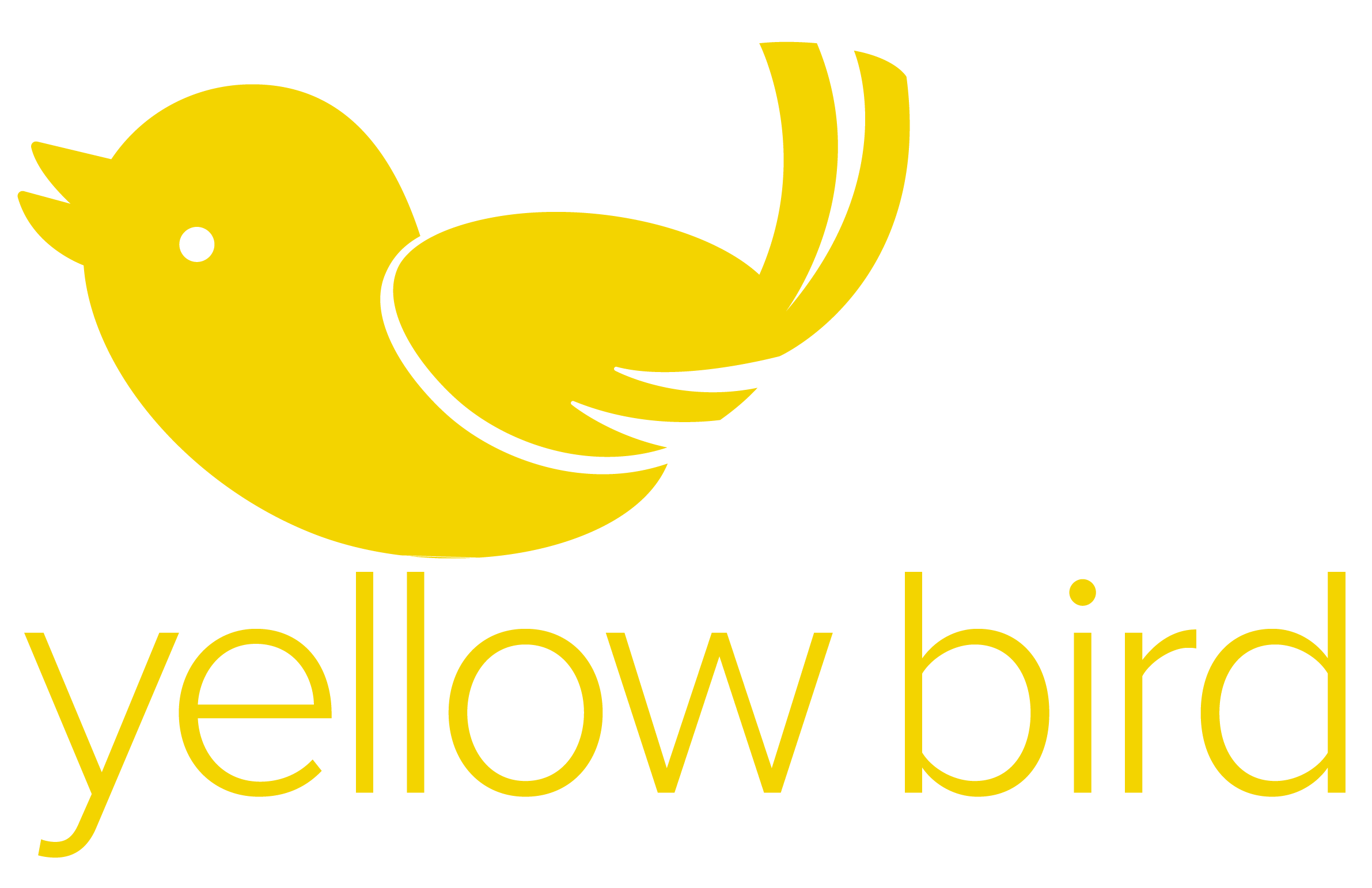For many UK businesses, shouting about their achievements just seems, well, a little immodest. Client case studies are ideal in illustrating your great work but through the eyes of those who matter. Not only that, working with a client in this way gives you a much better insight into how your product or service sits within their wider business strategy.
Say something meaningful
What’s worse than having no case studies? Case studies that don’t say or mean anything! They should reflect different elements of your business: whether that be different products or services; different sectors or geographies; or, most powerfully, which client ‘problems’ you seek to address. Segmenting your audience in this way will ensure a breadth of different case studies and will avoid duplication.
Overcome barriers
One of the key barriers in creating case studies is a lack of time – not only yours but your client’s. He or she may happily agree to be the subject of a case study but be hijacked by other projects. Make the process as easy as possible by scheduling a 30-minute call to capture the information you need. Sending your questions in advance helps the client to prepare and collate any figures needed.
Of course, there are instances where your client may not wish to shout about using your product or service for reasons of commercial sensitivity. This presents the greatest challenge of all. People enjoy reading case studies because they’re real. Not being able to put a face to a company name goes agains the grain but you may have no other option. Is your client willing to participate on a no-names basis? If so, you could capitalise on the intrigue by adding a few teasers on who they might be, eg ‘Household name based in South Yorkshire’. Make it clear why they don’t wish to be named.
You always want to be able to count on goodwill in getting clients to participate but what happens if the person with whom you’ve built a rapport leaves? Stipulating in a client agreement that a case study is expected in return for any favourable terms can be a useful failsafe if you find yourself dealing with a new contact.
Gauge temperature
These barriers aside, if a client declines to get involved it might signal a red flag. Are they considering moving to a competitor? Are they not using your product or service as much as they should? Are they unhappy with it? It’s a great measure to determine whether the relationship is as you expect it to be. Is it a long-term partnership as you would hope or, for the client, is it purely transactional?
Since the case study is likely to be captured by your marketing team or an external agency, clients may feel more comfortable in sharing feedback about their relationship with your account manager. If there is any niggle here, it’s a good opportunity to deal with it diplomatically.
Format
Testimonial soundbites give potential clients an idea on what it’s like to work with you and on the type of organisations you’ve worked with. All too often however they can become repetitive and a little dry.
Case studies, on the other hand, present the opportunity to describe the collaboration in a more in-depth and interesting way.
Three popular formats to consider:
- Face-to-face or telephone interviews: capturing information for your written case study in this way presents the opportunity to ask those questions which shine a light on areas of your choosing. Whilst you may be armed with a set of questions, invariably you’ll find that killer quote comes if you approach the conversation organically (with your questions as back up if you need them).
- Our story: writing the case study in the first person in the client’s own voice helps to reinforce the experience as theirs.
- Video: where your product or service is very tangible or where motion lends itself to the story, video is a really powerful medium.
Set the scene
As with much other content, consider covering the 5Ws and 1H:
- Who – is your client?
- What – is their main area of business?
- Why – do they do what they do?
- Where – are they based?
- When – how long have they been in business?
- How – successful are they in doing what they do?
This need only be brief but it helps to establish context for your audience.
Be honest/ human
It goes without saying your case study should reflect positively on your business. But bear in mind that it will be much better received if it reflects reality. No project is without teething problems (particularly if it’s a long-term service or involves a significant rollout). Acknowledging that shows honesty and adds to the case study’s authenticity. Importantly, it can illustrate how you react as a company when things don’t go to plan.
Include authentic images
The power of the case study is that it’s real. This should also translate into your choice of images to include the client (both the company and the person providing the quote) as well as any relevant processes, teams, service users or beneficiaries.
Demonstrate impact
Any prospective client will want to know what absolute tangible benefit has been derived by working with you as a company. What has your client achieved that they wouldn’t without your support? How has the use of your product or service saved time, resource or waste? Can you put a figure on return on investment? Is there a wider impact beyond the client’s business either on a particular community or society as a whole?
Celebrate success
Case studies present a great opportunity to showcase those collaborations of which you’re most proud. Ask your client to share with their colleagues and Marketing team. The impact of your company’s support may not be well-known within their organisation so it’s a great opportunity to widen your pool of advocates.
Don’t forget to share with one of your most important stakeholder groups – your colleagues! Even if they have not been involved directly with the project, they will still be interested in sharing in its success.
Make sure you promote the case study through all relevant social media channels, mention your client and share directly with relevant local, national and trade press. Stories that are particularly newsworthy (eg the first of its kind, an innovative approach, impact on the wider community) may well be picked up as the subject for a longer article.
Support
Need help crafting your case studies? Learn more about Yellow Bird Marketing & Communications’ support on case studies.

